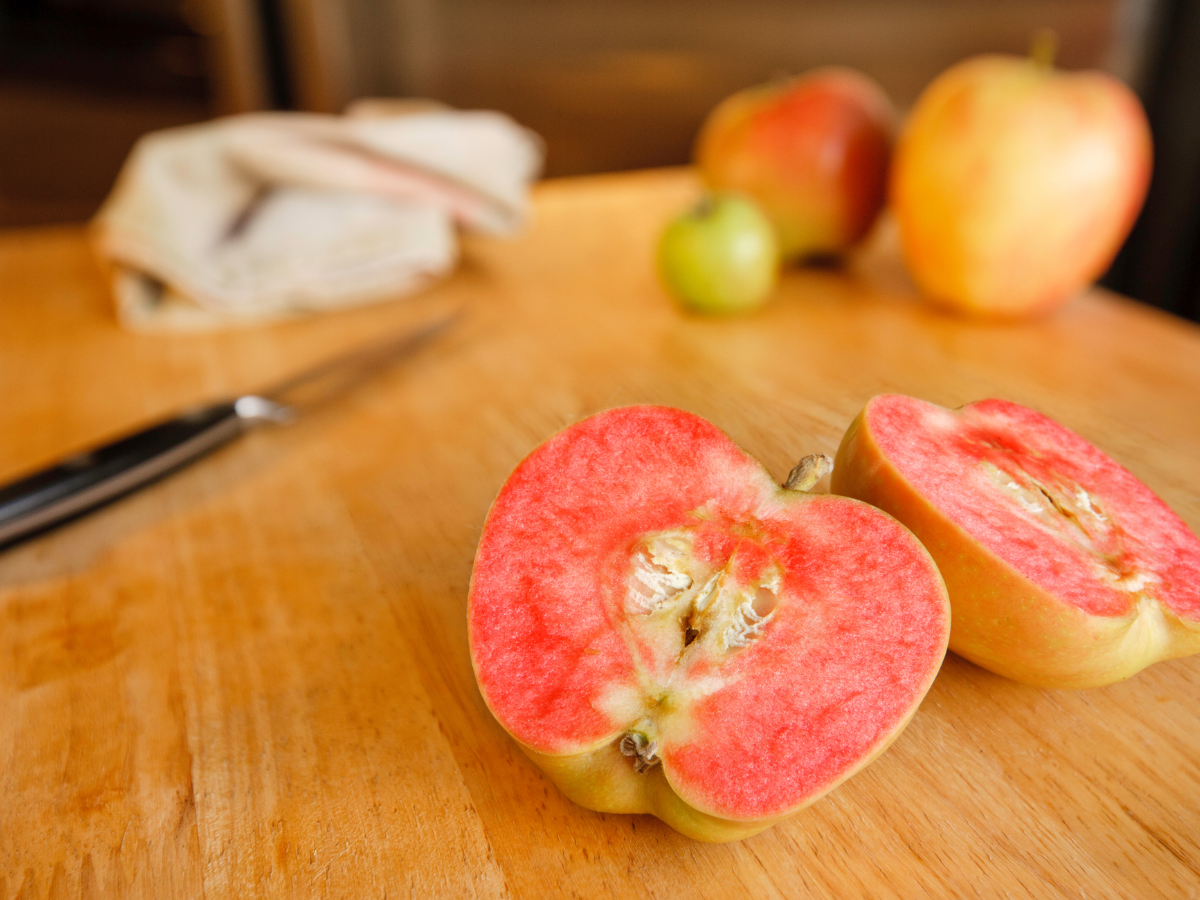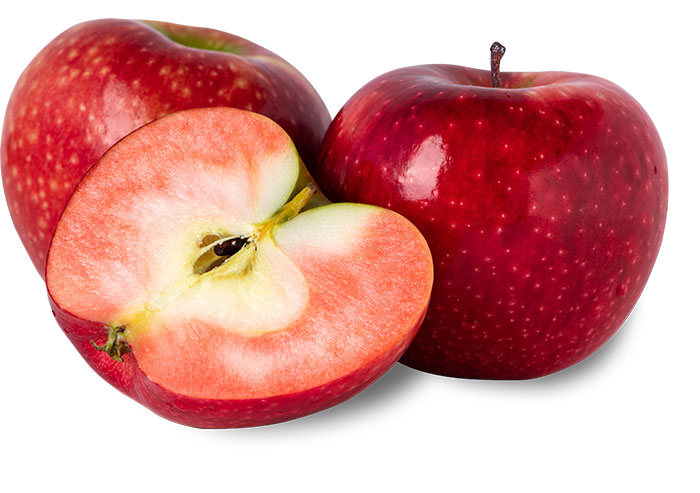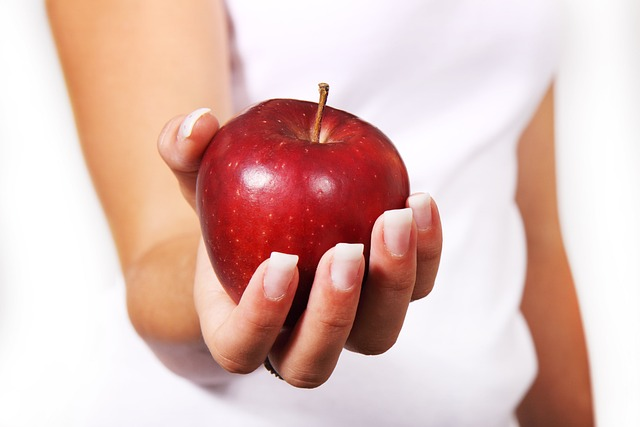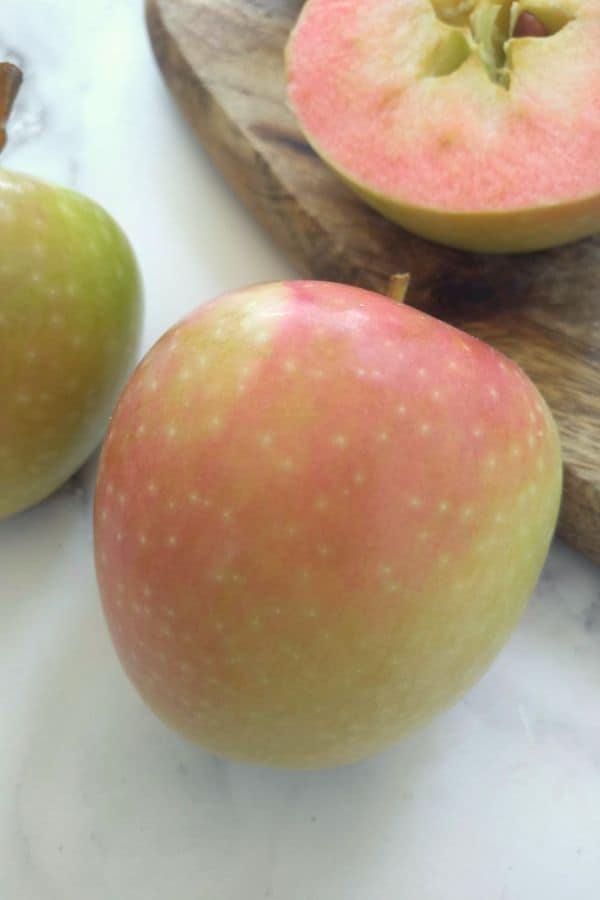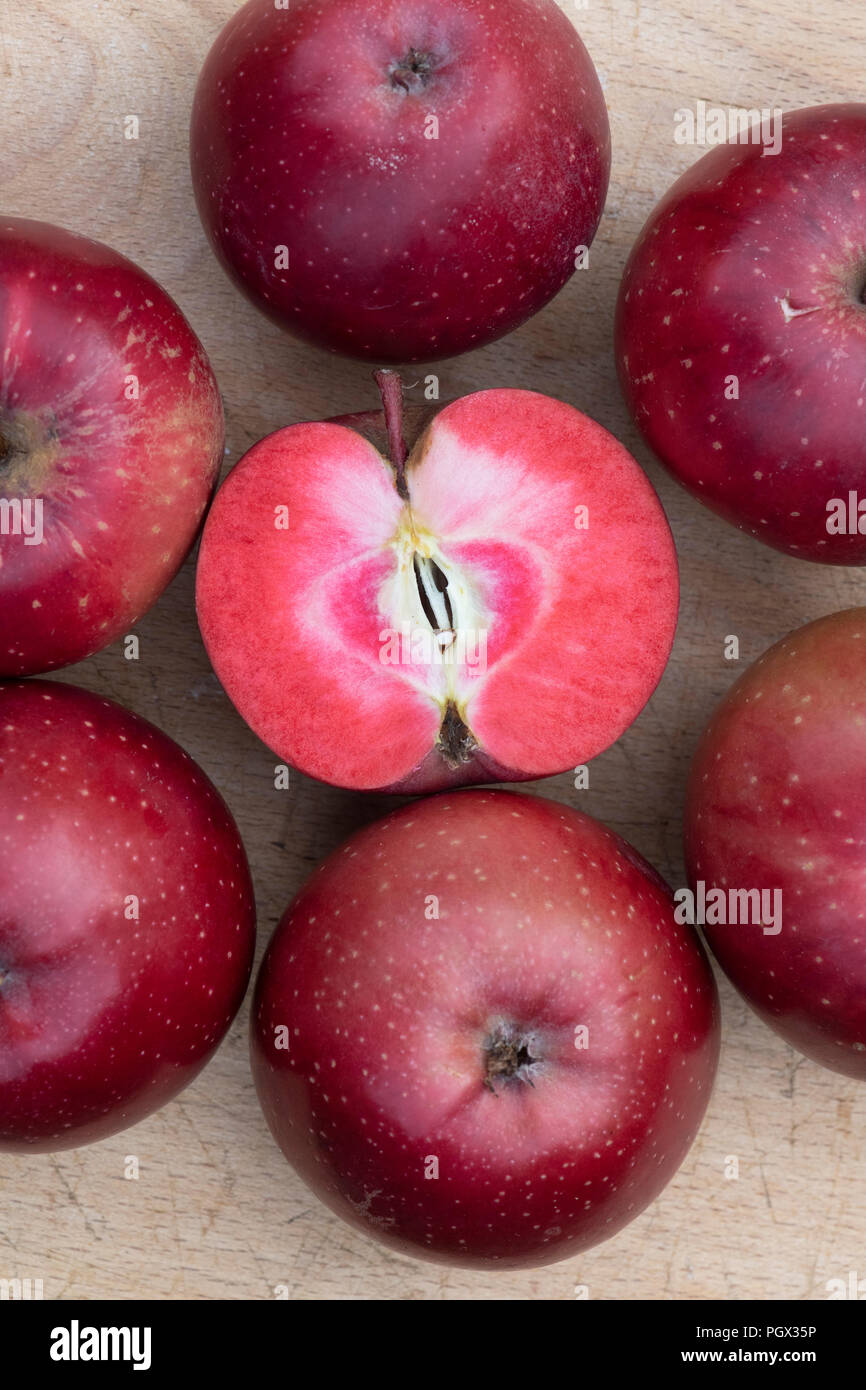Apple Pink Inside Safe To Eat

Imagine biting into a crisp, juicy apple, the kind that crunches just right. You savor the sweet-tart flavor, a perfect balance of nature's goodness. But then, you notice a subtle blush of pink near the core. A flicker of worry crosses your mind: is this apple safe to eat?
Fear not, apple enthusiasts! The presence of pink coloration inside an apple, a phenomenon sometimes referred to as "pink core" or "internal reddening," is generally harmless and does not indicate that the fruit is unsafe for consumption.
Let's delve into the science behind this natural occurrence and explore why it shouldn't deter you from enjoying your next apple.
The Science Behind the Pink
The pink or red discoloration you might observe in the flesh of an apple is primarily due to the natural pigments called anthocyanins.
These water-soluble pigments are responsible for the vibrant red, purple, and blue hues found in many fruits, vegetables, and flowers.
According to Washington State University, factors like cool temperatures late in the growing season, excessive sunlight exposure, or even specific apple varieties can contribute to increased anthocyanin production near the core.
Variety Matters
Certain apple varieties are naturally more prone to developing pink flesh than others.
Varieties like Pink Lady (aptly named!), Honeycrisp, Fuji, and some heirloom varieties are known for their tendency to exhibit this internal reddening.
This is simply a characteristic of their genetic makeup and doesn't indicate a problem with the fruit's quality or safety.
Environmental Factors Play a Role
Weather conditions during the growing season can also influence the development of pink coloration.
Cool nights followed by warm, sunny days, especially closer to harvest time, can stimulate anthocyanin production.
Sunlight exposure can also trigger the synthesis of these pigments, particularly in the parts of the apple that are most exposed to the sun’s rays.
What About Bruising?
It's important to distinguish between the natural pink coloration and bruising.
Bruising usually occurs due to physical damage to the apple, resulting in cell damage and enzymatic browning.
Bruises often appear as brown, soft spots, while the pink discoloration is typically more uniform and less localized.
Debunking the Myths
The misconception that pink apples are unsafe likely stems from a lack of understanding about anthocyanins and the factors that influence their production.
Some people may associate any unusual discoloration with spoilage or disease, but in this case, the pink hue is a sign of a natural process.
There's no scientific evidence to suggest that apples with pink flesh are harmful to eat.
Ensuring Apple Safety
While pink coloration itself isn't a concern, it's always wise to inspect apples for other signs of spoilage before consumption.
Look for signs of bruising, mold, or an unpleasant odor.
If an apple exhibits any of these characteristics, it's best to discard it.
The Nutritional Benefits
Interestingly, anthocyanins are not only responsible for the pink color but also offer potential health benefits.
These compounds are known for their antioxidant properties, which can help protect the body against cell damage caused by free radicals.
Studies have suggested that anthocyanins may have anti-inflammatory, anti-cancer, and cardiovascular benefits.
From Orchard to Table: A Safe Journey
The journey of an apple from the orchard to your table is a complex process involving careful cultivation, harvesting, storage, and transportation.
Farmers and producers adhere to strict quality control measures to ensure that the apples you purchase are safe and of good quality.
The presence of pink coloration is generally not a factor that would cause an apple to be rejected during these processes.
Embrace the Pink!
Next time you encounter an apple with a pink hue inside, don't hesitate to take a bite.
Appreciate it as a sign of nature's artistry and a testament to the unique characteristics of different apple varieties.
Enjoy the crisp, refreshing flavor and the potential health benefits that come with this delicious fruit.
Official Stance on Apple Safety
The U.S. Department of Agriculture (USDA) and other agricultural organizations have consistently maintained that the internal pink coloration of apples is a harmless phenomenon.
Their guidelines for apple grading and quality assessment do not consider pink flesh to be a defect that would render the fruit unsafe for consumption.
These organizations prioritize factors such as firmness, absence of bruises, and freedom from pests or diseases when evaluating apple quality.
A Reflective Bite
The seemingly simple act of biting into an apple can be a reminder of the intricate processes that shape our food supply.
From the careful cultivation by farmers to the natural processes that occur within the fruit itself, every aspect contributes to the final product we enjoy.
Understanding these processes can help us appreciate the food we eat and dispel unnecessary fears based on misinformation.
So, the next time you find a blush of pink in your apple, take a moment to marvel at nature’s artistry and savor the simple pleasure of a delicious, safe, and nutritious treat.
